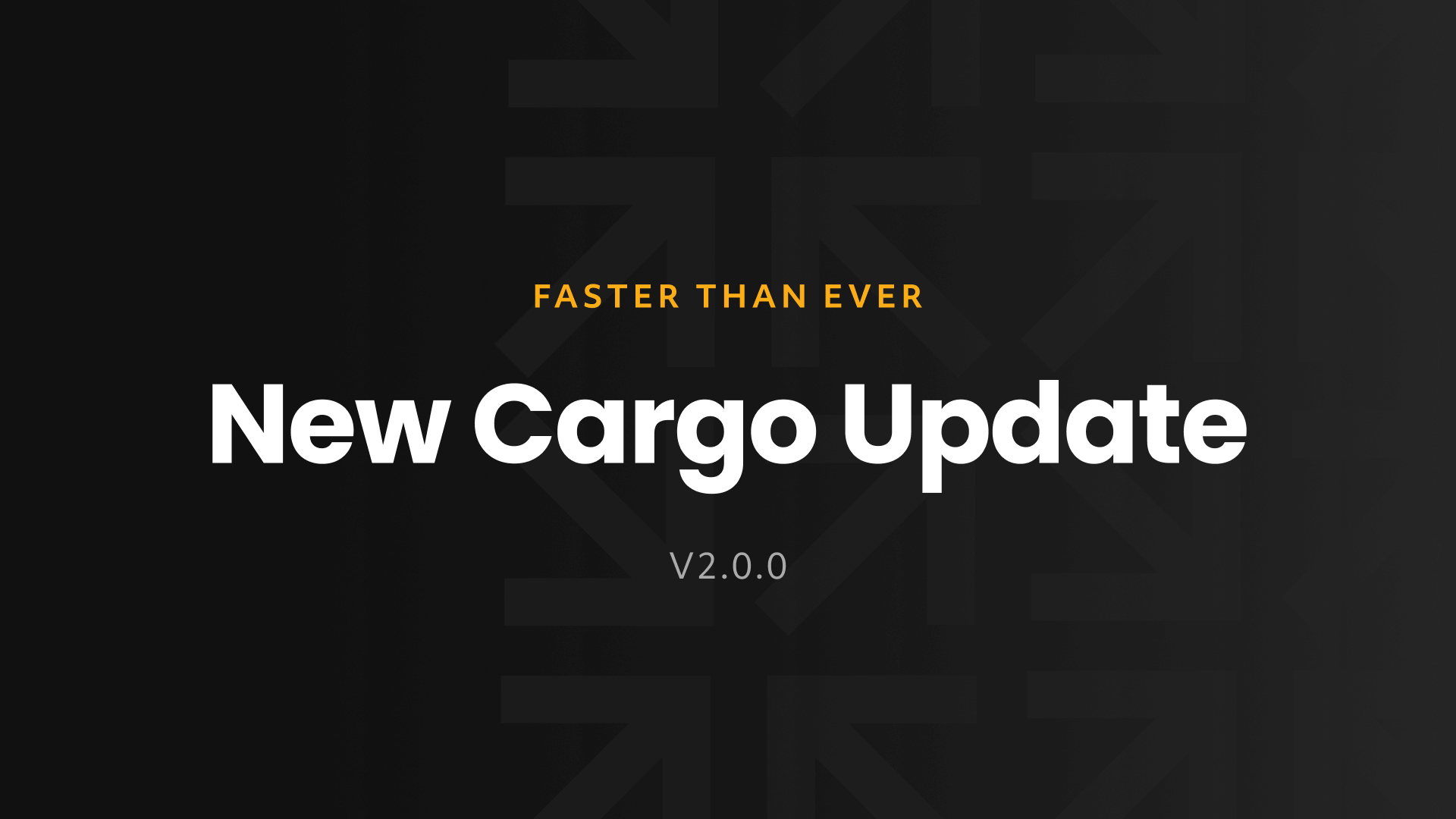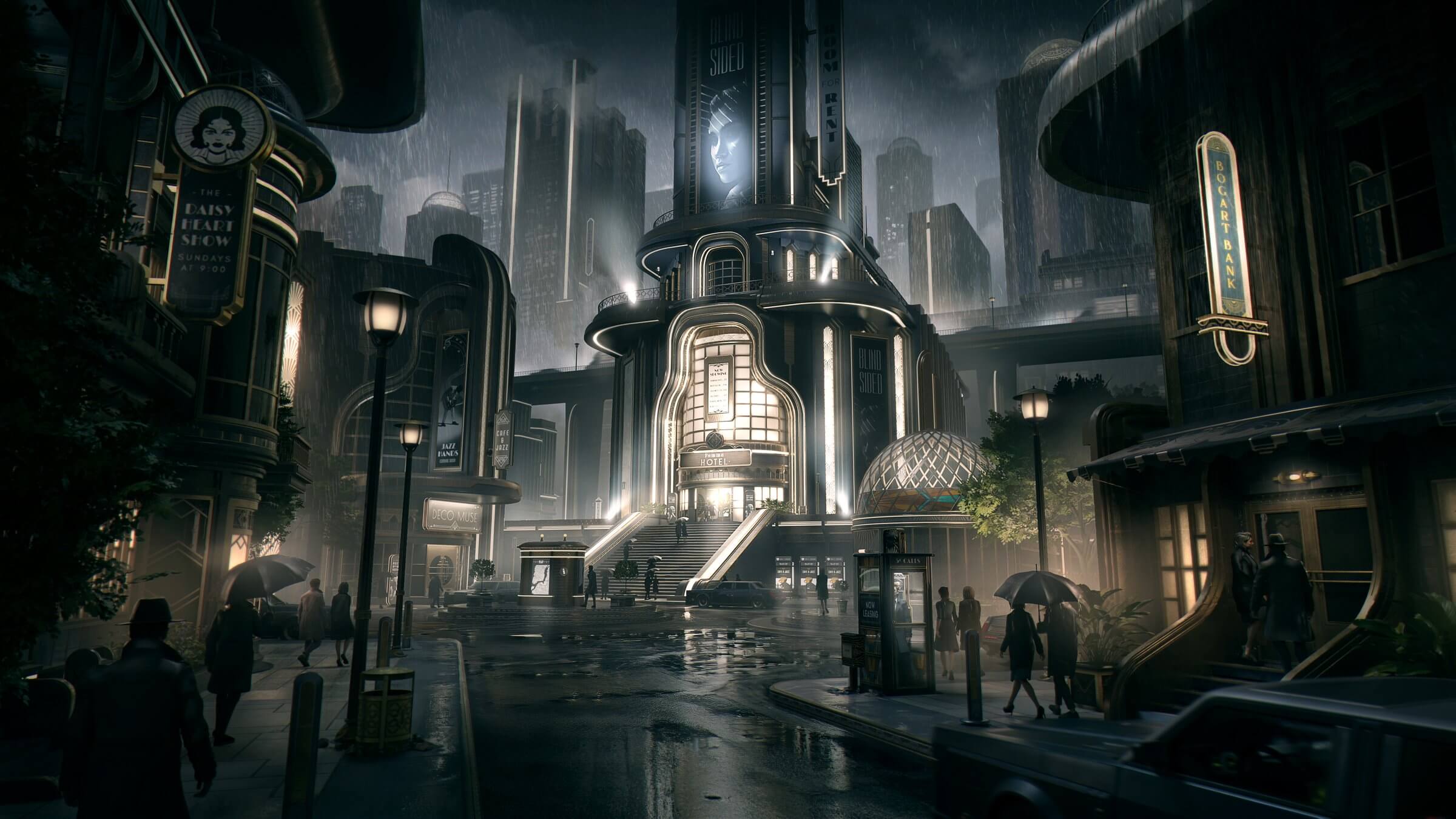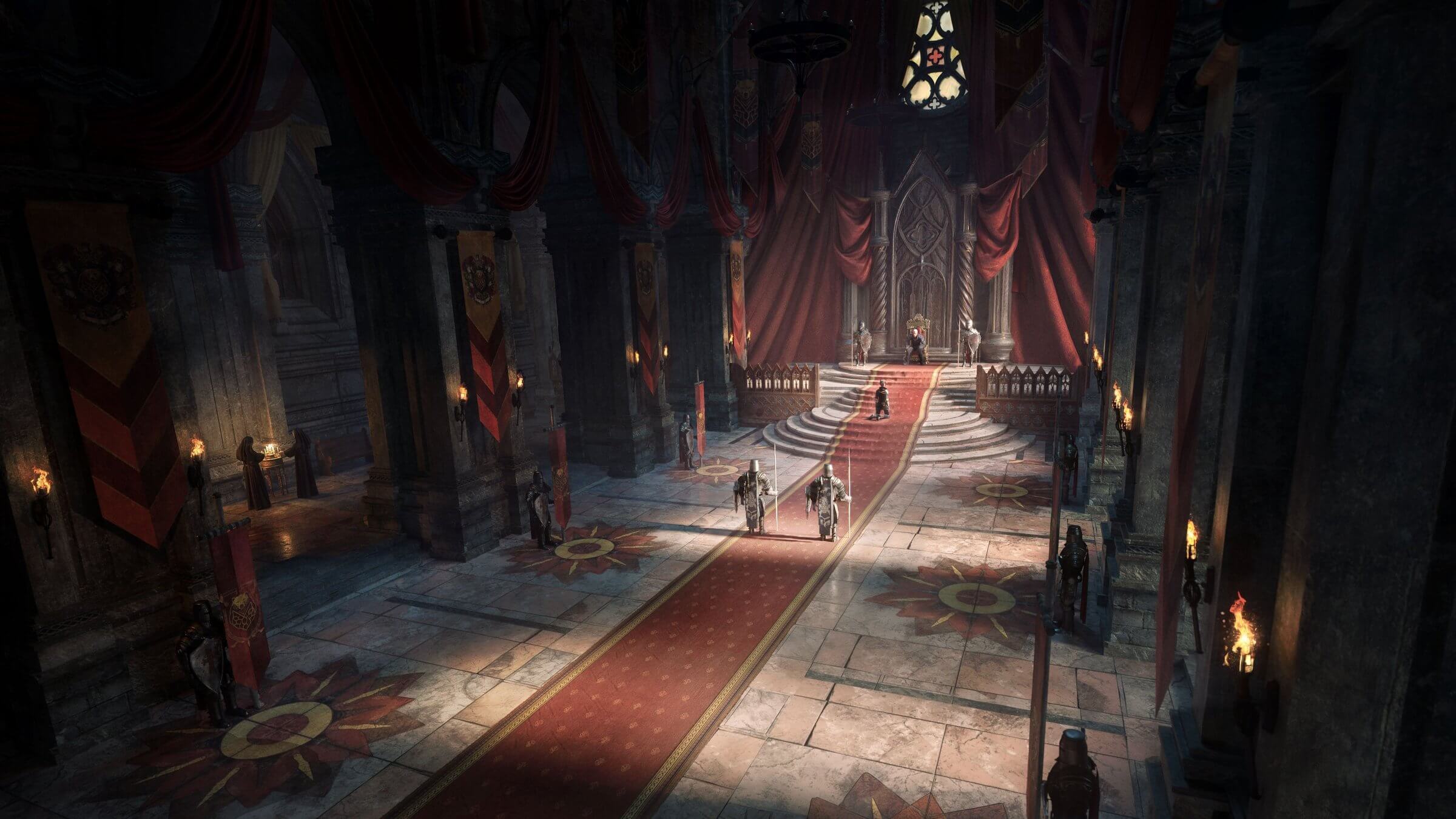Virtual production is transforming the way studios approach filmmaking, combining real-time engines, LED volumes, and smart pipelines to unlock unprecedented creative control. Few teams are embracing that shift as boldly as Cart + Horse, a design studio with deep roots in live production, animation, and emerging tech.
In this Q&A, co-founders Kris Bargen and Dan Maurer walk us through their recent spec project, a high-end virtual production showcase built in just two days using Unreal Engine, an LED volume wall, and KitBash3D’s Cargo platform. They share insights into their process, the challenges of shooting eight distinct scenes on a tight timeline and budget, and the key takeaways they believe can help push the industry forward.
If you’re ready to learn more, download our guide to Getting Started with Virtual Production.
Can you introduce yourselves and tell us about Cart+Horse Studio? How did you get started, and what drew you to virtual production?
“Dan Maurer and I co-founded Cart + Horse, a design studio focused on animation, world-building for virtual production, and emerging tech. We have decades of production experience and a growing network of designers that we regularly work with.
Dan and I started collaborating on projects and realized together we could fill some needs in the growing industry and build something that we're really proud of. Then came virtual production. It was a natural progression for us. Given our combination of video production experience and Unreal chops, it is such a new and limited specialty.
We found ourselves with some experience that we had to evangelize the potential of, we wholeheartedly believe in the potential that virtual production will bring in a revolution to film production.” - Kris Bargen
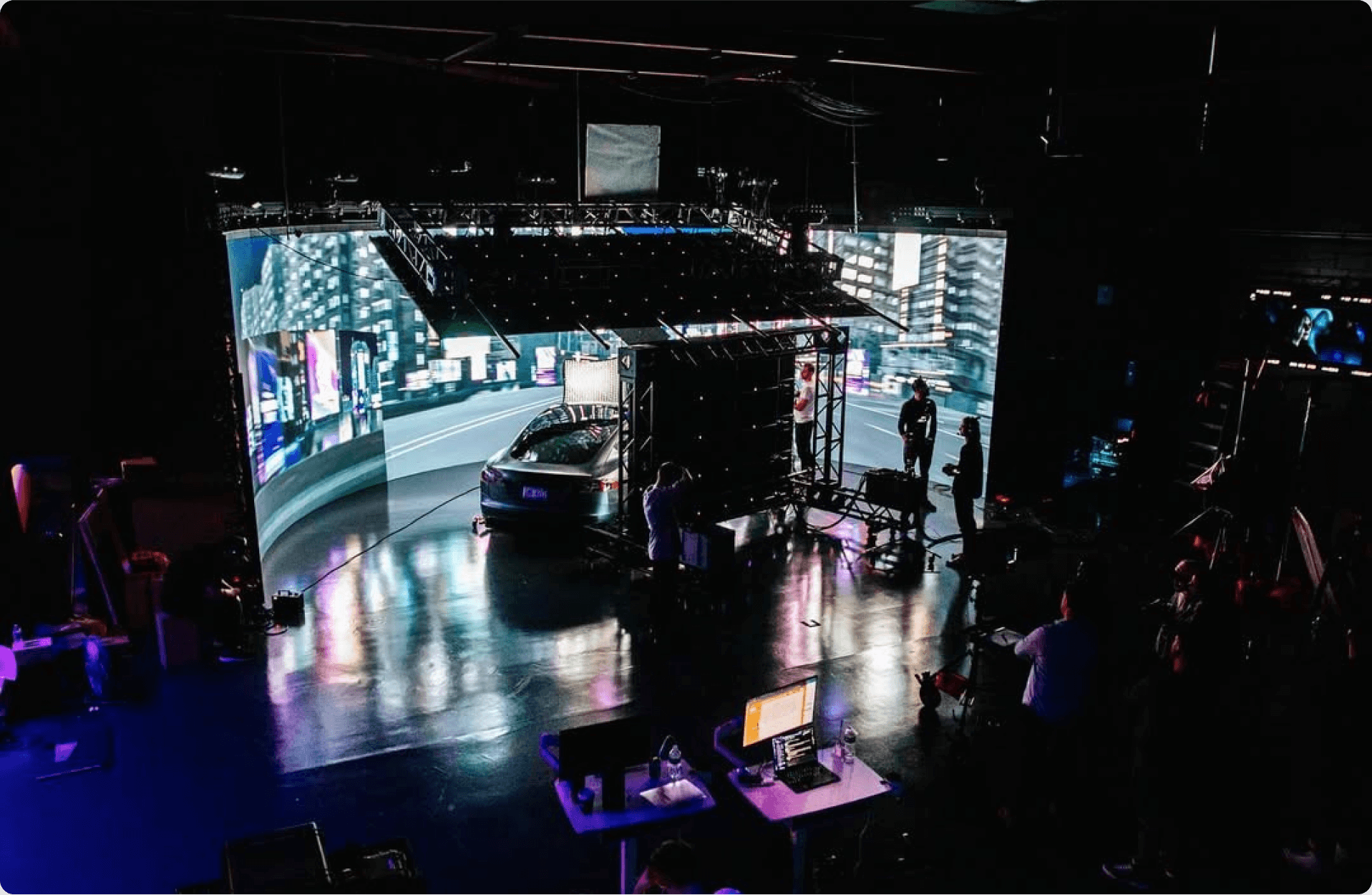
How did your experience in live production, motion graphics, and technology influence your approach to virtual production and the use of real-time workflows?
“ Our experience is that production is production. The virtual production pipeline wasn't completely unique, other than reorganizing the order of the steps and the personnel with virtual production. Many of the stages get moved earlier into pre, and we actually think that's for the better. In fact, the mantra we've heard and adopted ourselves is fix it in pre.
Planning, collaboration were stronger than we've ever seen, and this forced everyone to be aligned when heading into production so that it was just like executing a plan.
Obviously, when running real time, there's an enormous amount of optimizations and efficiencies that are implemented in the virtual environments, so they run smoothly as well as a lot of organization, as well as lots of organization and planning to be able to interact and tweak them on the fly.” - Dan Maurer
What inspired you to create this virtual production spec piece, and what were your main goals for the project?
“ On this spec project, we set out to gather a bunch of our friends and amazing people to create stunning visuals, learn a whole bunch, and have a great time while doing it. We worked on creating something we could be proud of. Push the limits of the new technologies and sharpen our skillsets. We explored all stages and logistics of production, including producing, writing, directing VP, supervising scene building, obviously, and even art department, and producing physical props, all while continuing to understand and refine all aspects of new workflows for virtual production efficiencies.
Since this tech and workflow is so new, part of the goal was to help the industry grow by sharing learnings in hopes that it's more widely adopted quickly.” - Kris Bargen
“Exactly. Our goal in part was to create a case study and a long-form behind-the-scenes video. This just gave us a good excuse along with the stage and everyone we worked with to create something that is different but still applicable.” - Dan Maurer
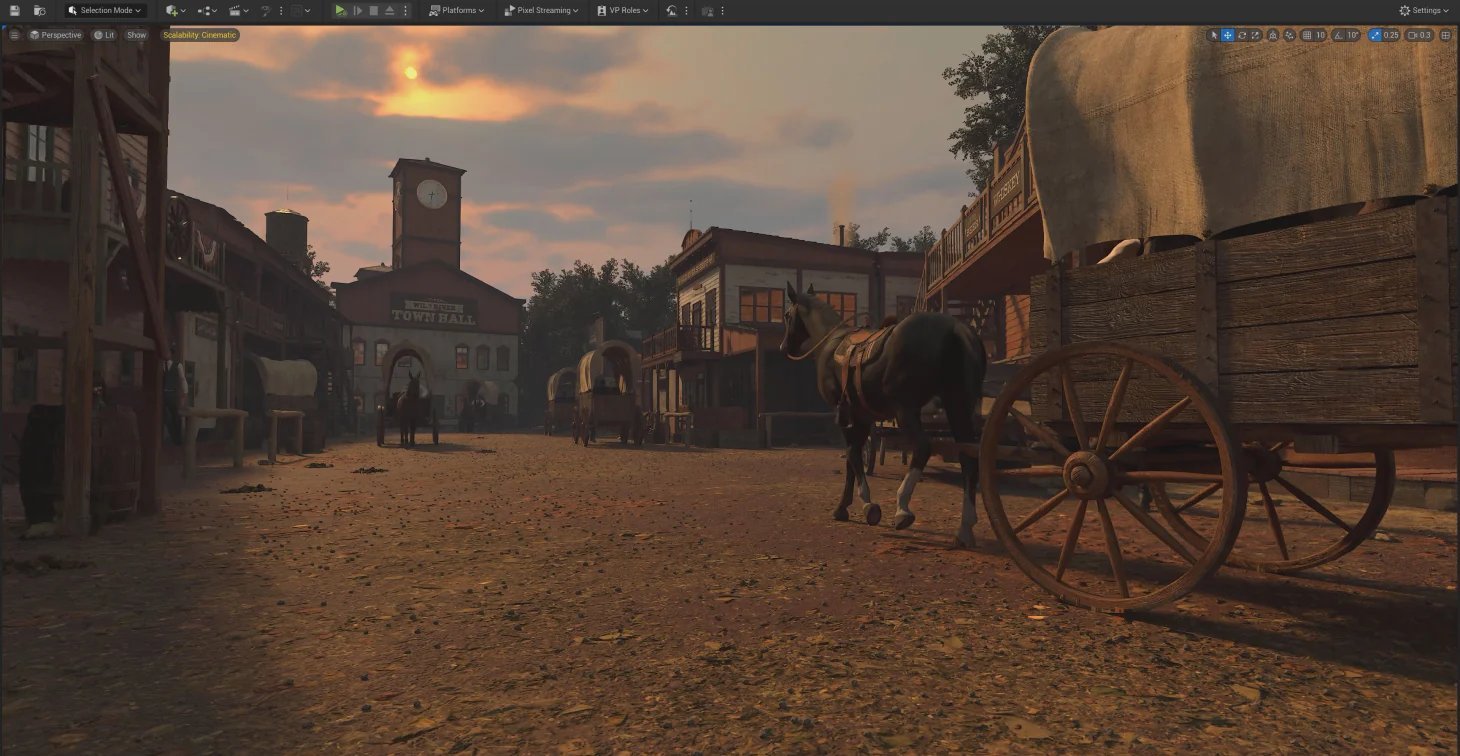
Could you describe the process of creating this piece using Unreal Engine and an LED volume wall? What were some of the key challenges and benefits you experienced?
“So we thought about where we would want to go, whether historical or fictional, and then we wrote a script around it. And then from there, we gathered visual inspiration , referenced build environments, and put it all together.
One of the other things was that we targeted the environments to be relatable so that we could show clients how functional this can be, as well as the ability that you have with this wall to push creative limitations beyond what is real. The goal was to make it so that you couldn't tell the stage wall from the practical set, and some of that was creating scenes that the brain wouldn't immediately recognize as not being real. So at this point, the digital assets were great, and building stuff on the scene was actually a lot easier for this project.
The biggest challenges that we faced were mostly related to building expertise, budget, and the time to create practical props for the physical set. We funded this project ourselves. We also pulled existing props, and we built some of them ourselves. With virtual production, the virtual environments do a lot of the heavy lifting, but it's important not to underestimate the value of practical props. This is one area that really helped pull everything together in the final shots to kind of marry the foreground from the background to really sell the realism of it.” - Dan Maurer
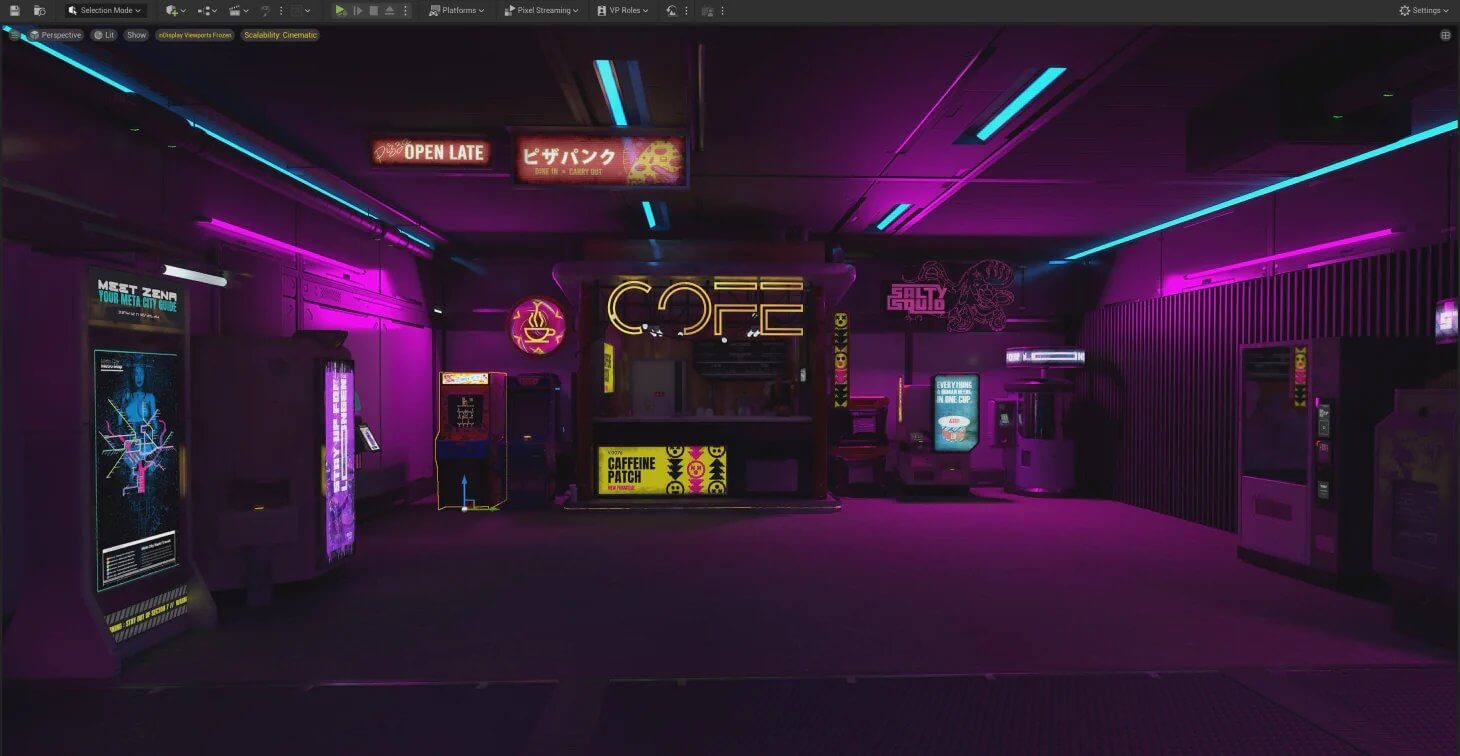
How did KitBash3D and Cargo play a role in the production of this piece? Can you provide specific examples of how you used KitBash assets?
“KitBash3D, especially Cargo, was a lifesaver on this one." - Dan Maurer "We knew that we had pretty lofty goals with minimal time, budget, and crew, but we were very eager to make this as good as we possibly could. So we had to fight the temptation not to build everything from scratch because, you know, we like to model everything out ourselves.
But we had a lot of scenes to cover quickly. We needed detailed assets, and we needed them fast. KitBash3D was fantastic for this. Cargo was by far our biggest resource that we used on this. So this allowed us to just find whole sets, mix and match stuff to carve out scenes pretty fast.” - Dan Maurer
Virtual production offers many creative freedoms compared to traditional production. How did this influence your approach to storytelling and scene building in this project?
“We were able to film at eight completely different locations in two days without any worry or having a backup plan due to typical on-location filming production logistics. And we were ahead of schedule most of the time, which really helped. We had a plan scheduled and blocked in shots, with an animatic of our final product already rendered.” - Dan Maurer
“ This was the biggest source of freedom and stress-free production that we have ever experienced in our lives. With this control as a baseline, we can imagine literally anything as a potential possibility.
This felt like unlimited creativity, something we have never felt before. That being said, there are new logistics and limitations for filming on a virtual set that we needed to work around, but it wasn't at all a deal breaker.” - Kris Bargen

Can you explain the concept of "fix it in pre" and how it applied to your workflow in this project? How did it change the way you approached pre-production and collaboration?
“ The virtual production pipeline isn't completely new. It's mostly shuffling things around into new stages and positions in the pipeline. A new mindset and mantra has emerged, which is this concept of “fix it in pre,” which we actually really like and undercuts the old adage of. “We'll fix it in post,” which is honestly a cheap cop out saying that it's good enough. “We'll have someone else who we don't really care about figure this out later.”
Overall, we've seen that virtual production allows an opportunity for more advanced pre-vis, which can very literally translate into actual visuals that are captured in camera. Don't be fooled. There's still lots of room for post-production, color work, and traditional VFX.
Virtual production has streamlined collaboration and introduced lots of possibilities, but also new logistical challenges. Key roles like experienced producers and VFX virtual production supervisors are crucial for coordinating departments and navigating technicalities. The bottom line is there's lots of opportunity for collaboration and planning, but it needs to be managed by dedicated professionals with experience.” - Kris Bargen
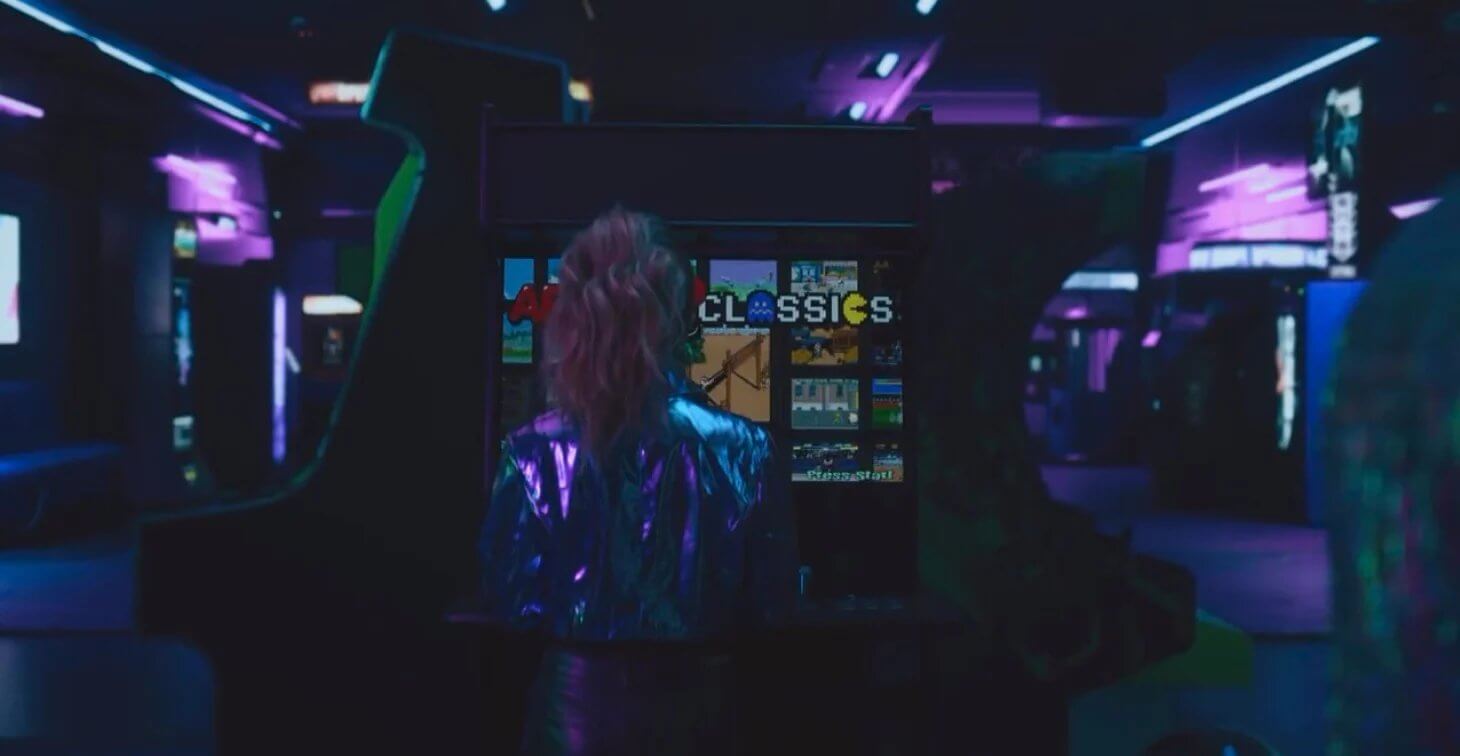
What were some of the key learnings from this project regarding the strengths and weaknesses of virtual production?
“Traditionally, scenes develop in some progression of wide to tight or vice versa, but in virtual production, wide shots are much more difficult to capture for several reasons.
We found ourselves constantly and strategically trying to hide the seam of the floor and the wall so that you couldn't spot it and see it to the naked eye. To do this, we would use a mixture of virtual props, lighting, virtual objects, post effects masking, or sometimes just building it into the shot where it made sense. So the virtual background looks great, but without the actual physical props in the foreground, it kind of falls apart because it looks like a person standing in front of a green screen, and it kind of kills the depth of the whole thing.
And regardless of what some people may say, size does matter. And the size of the stage does matter as well. Particularly, the wider the shot that you need, the more room that you need to move, so a larger wall does help with that.“ - Dan Maurer
“One of the other things to consider is actually shooting on the wall. So if you focus on the wall and the pixels, moire can become a problem that you need to make sure you understand why you're shooting on these as well. One of the other great learnings that we figured out was, just the importance and the need of collaborating with the actual art department. So Unreal does a great job running on the wall, and it serves as a great set extension and supplemental lighting as well.
But without actually, like, having good props in the foreground that you can actually make to match the background, it makes it a lot harder to pull off something good. And when building out some of these scenes, we would find virtual assets that looked great, and we could also find physical assets to match. So it really worked out well to have foreground and background with both of these assets to help sell the depth and realism.
Since we were building eight scenes for this project, each one in a different location, different time frame, KitBash3D with the large variety that it offered really, really helped us as a great starting point for the assets we would pull.” - Kris Bargen
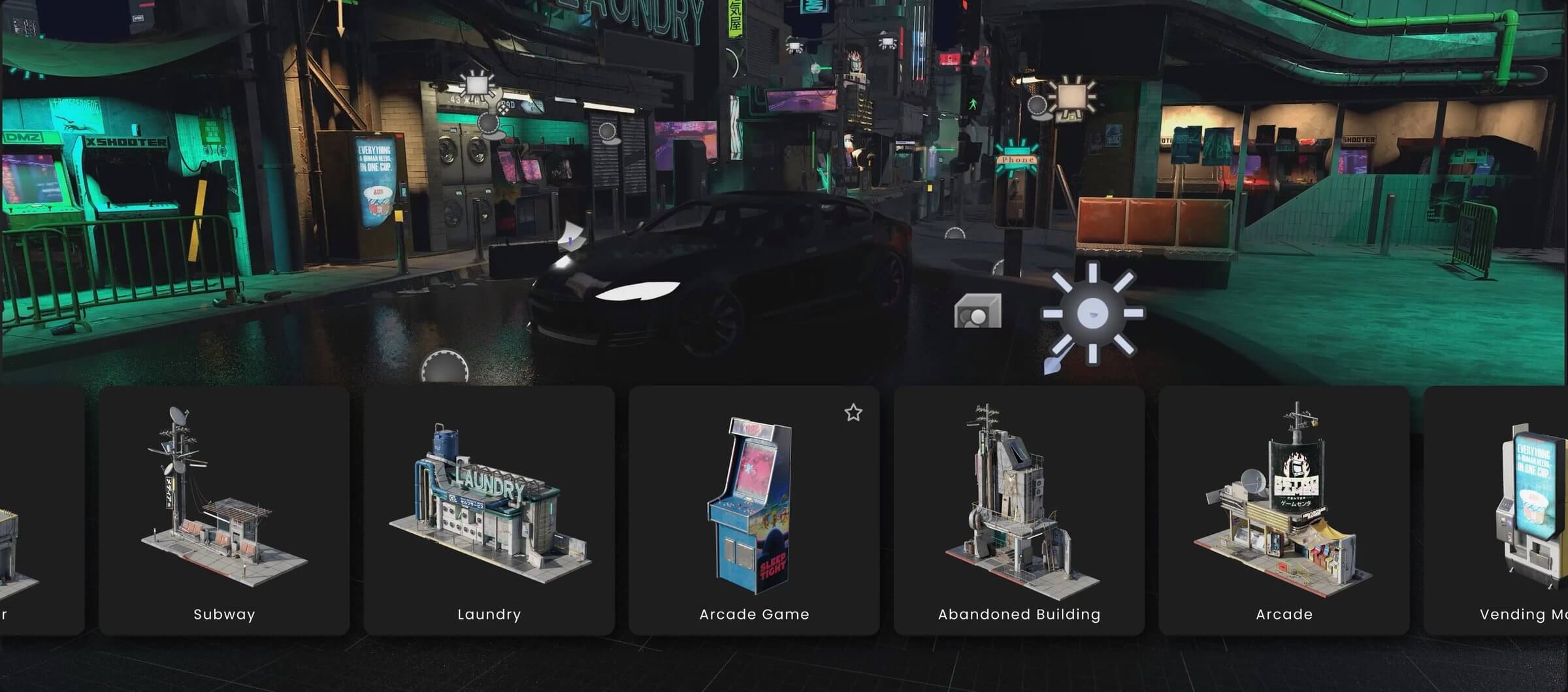
What advice would you give to other studios or creators looking to explore virtual production and integrate tools like Unreal Engine and Cargo into their workflows?
Tip 1: Read up. Educate yourself. There's online resources. There are plenty of articles on reels, websites and BTS videos put out by studios. Also, we have some case studies and YouTube tutorials on this subject. So check it out. Learn tip two. Network with others. People love to chat and, and share what they know.
Tip 2: Network with others. People love to chat and share what they know.
Tip 3: Get your hands dirty and try it. You can learn unreal and build some scenes for yourself for free or even volunteer or shadow virtual production. Get on set, get some experience, and see the potential of this whole thing.
Tip 4: Download Unreal. It’s free. Get Blender. Build some assets, convert some assets.
Tip 5. This is the easy one. Watch some videos. Watch some BTS videos. Like the Mandalorian has a long series to learn from. Batman, Top Gun: Maverick, Barbie, Dune. There's lots of productions and films that have utilized virtual production. And there's BTS on a lot of it.
Cart + Horse’s work is a powerful example of what’s possible when experience meets experimentation. By combining their production background with cutting-edge tools like Cargo, they delivered a polished and efficient virtual shoot that didn’t compromise on creativity.
For studios exploring virtual production, their advice is clear: learn fast, collaborate often, and don’t be afraid to dive in. Read more about how to get started in Virtual Production with this free guide.


